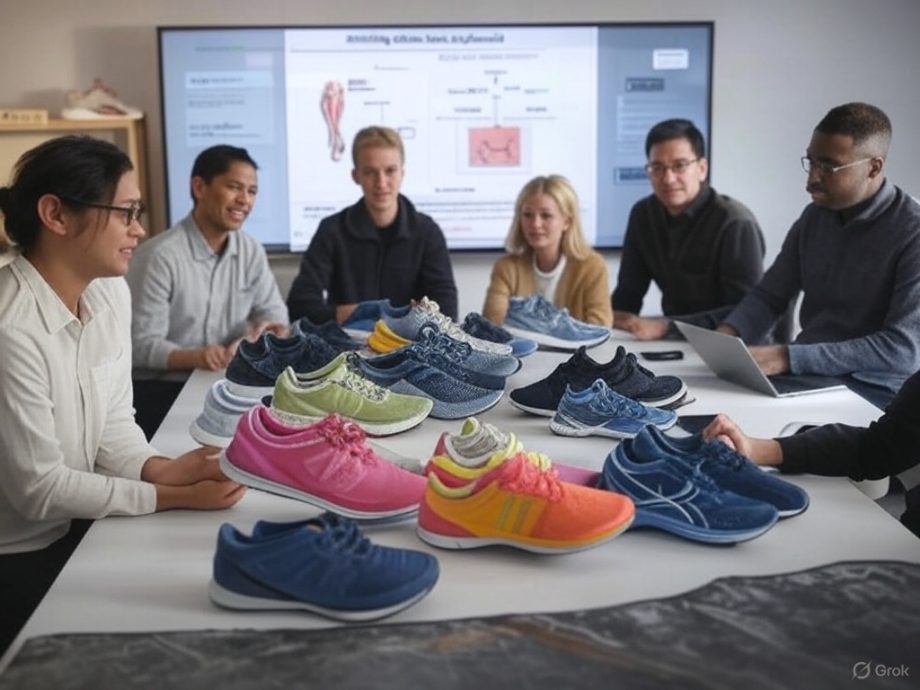
Modern running shoes are more than just rubber and foam — they’re a fusion of performance-driven technology, biomechanics, and innovation. But with so many buzzwords like “energy return” and “stability control,” how do you know what’s right for your run?
Let’s break down the core running shoe technologies so you can find the perfect pair for your pace and goals.
1. Cushioning: Comfort Meets Impact Protection
Cushioning refers to how much shock absorption your shoe provides when your foot hits the ground. The right amount depends on your running style and preference.
Common Cushioning Materials:
- EVA Foam: Lightweight and flexible — great for general use
- TPU Foam: More durable with better energy return (used in premium models)
- Gel or Air Pods: Extra impact absorption in heel or forefoot zones
Best For: Runners who want comfort, long-distance runners, or those with joint sensitivity.
2. Stability: For Runners Who Overpronate
Stability shoes are designed to support runners whose feet roll inward excessively (overpronation). They feature:
- Denser foam on the inner side of the midsole
- Guide rails or posts to align your stride
- Structured uppers for a locked-in fit
Best For: Flat feet, mild to moderate overpronators, or anyone looking for extra support.
3. Motion Control: Maximum Support
Motion control shoes take stability a step further. These are built with firmer midsoles and reinforced arch support to reduce excessive motion.
Best For: Severe overpronators or runners with low arches who need strong corrective support.
4. Neutral Shoes: Natural Running Feel
Neutral running shoes allow for your natural gait, without added support or correction. They’re typically lighter and more flexible.
Best For: Runners with a neutral gait or high arches.
5. Energy Return: Bounce with Every Step
Energy return is all about performance. It refers to how much energy your shoe gives back after footstrike — helping you push off faster with less fatigue.
Popular Energy Return Tech:
- Boost™ (Adidas): TPU foam for springy feel
- ZoomX (Nike): Pebax-based foam for elite racing
- PEBAX foams (used by various brands): Ultra-light with high responsiveness
Best For: Speed training, racing, or performance-minded runners.
6. Heel-to-Toe Drop: The Slope of Your Shoe
The drop is the difference in height between the heel and forefoot:
- High Drop (8–12mm): More heel cushioning; good for heel strikers
- Low Drop (0–6mm): Promotes midfoot or forefoot striking; feels more natural
- Zero Drop: Completely level — mimics barefoot running
Best For: Depends on your running style and injury history
7. Fit and Upper Technology
Don’t overlook the upper! Modern shoes use:
- Engineered mesh for breathability
- Knit uppers for sock-like fit
- 3D-printed overlays for lightweight structure
Look for a secure heel, roomy toe box, and a midfoot that hugs without squeezing.
Final Thoughts
The best running shoe is the one that works with your body — not against it. Whether you need maximum cushioning, lightweight speed, or strong support, understanding the tech behind the shoe helps you make the right choice.
